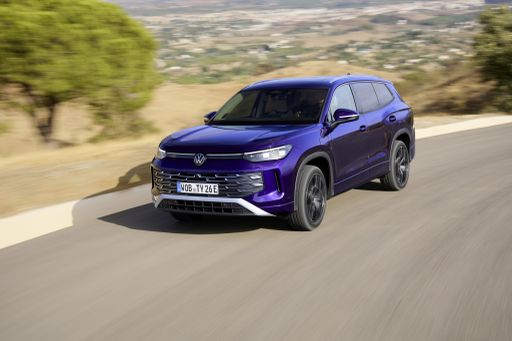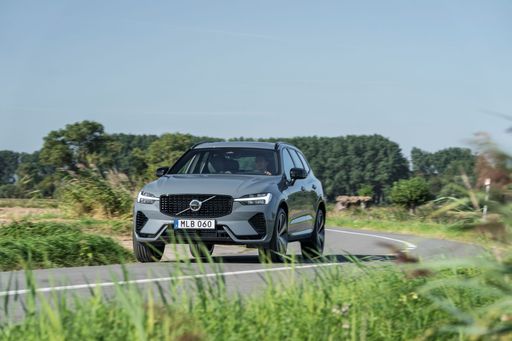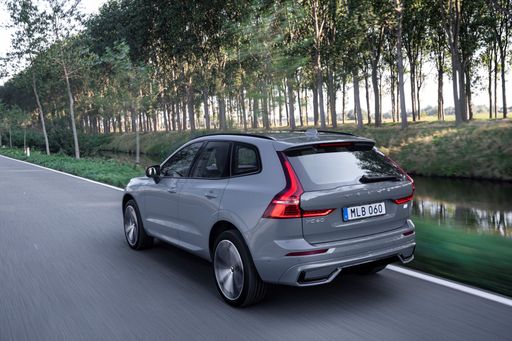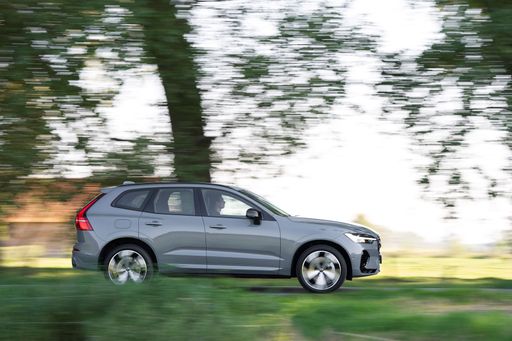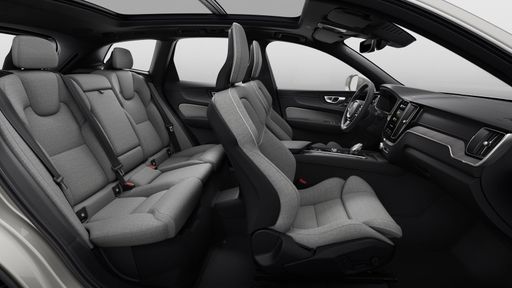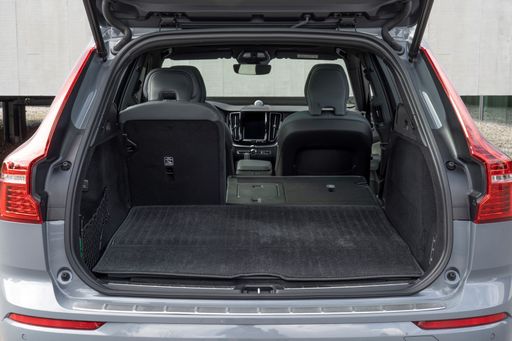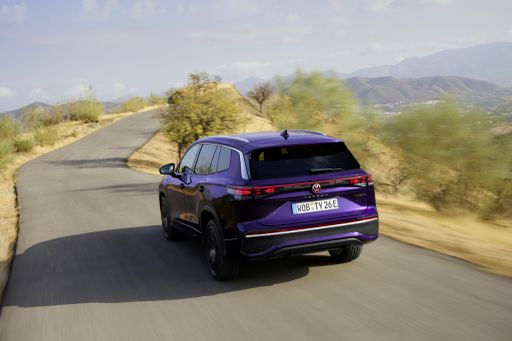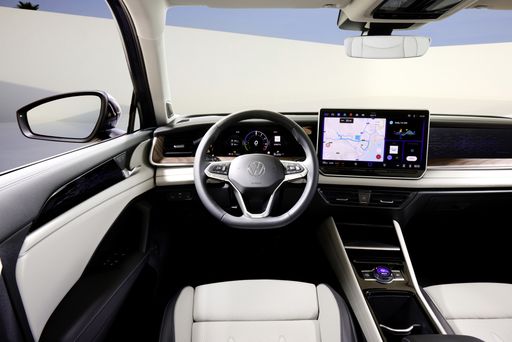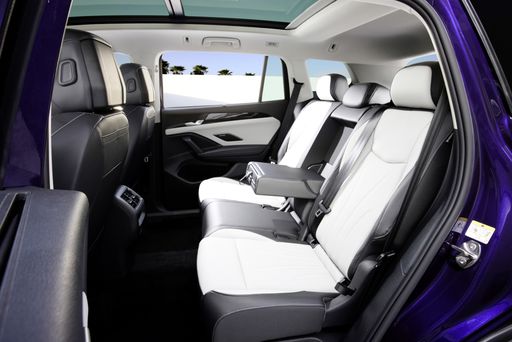Engine and Performance:
Power, torque and acceleration say a lot about how a car feels on the road. This is where you see which model delivers more driving dynamics.
When it comes to engine power, the Volvo XC60 has a decisively edge – offering 455 HP compared to 272 HP. That’s roughly 183 HP more horsepower.
In acceleration from 0 to 100 km/h, the Volvo XC60 is distinct quicker – completing the sprint in 4.90 s, while the VW Tayron takes 6.10 s. That’s about 1.20 s faster.
In terms of top speed, the VW Tayron performs noticeable better – reaching 240 km/h, while the Volvo XC60 tops out at 180 km/h. The difference is around 60 km/h.
There’s also a difference in torque: Volvo XC60 pulls significantly stronger with 709 Nm compared to 400 Nm. That’s about 309 Nm difference.

